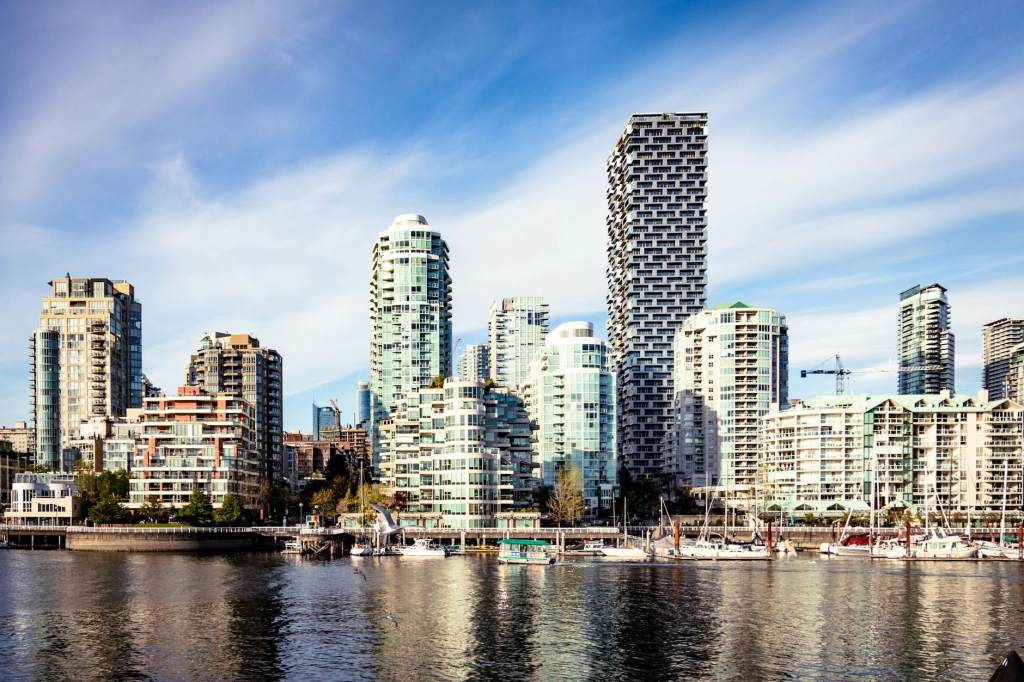Architecture is never still. It does not sit quietly on the edge of the street. It breathes, it changes with the weather, and it whispers the culture of its people. When one stands in front of a building, it is not just glass or stone or wood; it is a language written without words.
But let’s not be too poetic. Architecture is also plumbing, wiring, insulation, zoning codes, and the art of making sure the roof doesn’t leak during the first monsoon. Somewhere between dream and ductwork lies its magic.
A Walk Through History
The Greeks obsessed over symmetry, perfect columns lined like disciplined soldiers. The Romans? They thought bigger. Aqueducts, coliseums—architecture as empire propaganda. Then came the Gothic cathedrals of Europe—structures that stretched toward heaven, filled with stained glass so colorful that even skeptics felt a sense of awe.
Modernism broke the spell. Concrete, steel, open spaces. Architects suddenly wanted to strip away the ornament and show bones, muscles, joints. Less decoration, more honesty. That was the 20th century’s architectural rebellion.
Why People Still Look Up
Humans tilt their necks back to admire buildings. Why?
Because architecture frames identity. A skyline is not just buildings piled high; it is a signature, a city’s handwriting against the sky. Think Paris with its iron tower, or Dubai with its impossible needle of glass reaching 828 meters.
Even in smaller towns, architecture gives personality. A bakery with a red-brick façade feels different than a smooth, white, minimal box serving the same bread.
And in homes, the story is more personal. A front porch says welcome. A narrow window says privacy. Every angle whispers intention.
Buildings Are Also… Clumsy
Let’s be real. Not every piece of architecture deserves a glossy magazine spread. Many buildings fail. Some leak. Some crack. Some make people feel like they are walking inside a shoebox.
Take brutalist structures of the 1960s. Some love them, calling them bold concrete poetry. Others say they look like giant parking garages stacked on each other. Opinions split like fault lines.
And then there are glass towers. Sure, they shimmer beautifully at sunset. But step inside one during peak summer, and the cooling bills will tell a very different story.
So yes, architecture is sometimes impractical. But that’s also part of its charm—it dares, it experiments, and sometimes, it trips.
Materials Tell Their Own Tales
Concrete is tough, dependable, and a little gray. Glass is dramatic, showing everything, hiding nothing. Wood warms up a room instantly, even before furniture arrives. Steel bends where stone breaks.
Architects juggle these materials like chefs with ingredients. Add too much glass, the building overheats. Too much concrete, it becomes heavy and lifeless. The right mix creates balance—durability with soul.
Recently, sustainability pushed architects toward bamboo, rammed earth, recycled steel. Not just a trend—an urgent need. A green roof or solar panel is no longer a decorative choice but an architectural responsibility.
What Architecture Balances
- Aesthetic vs. Function → Pretty isn’t enough. But practical alone is boring.
- Tradition vs. Innovation → Heritage matters. So does pushing boundaries.
- Cost vs. Dream → Clients dream of castles, budgets whisper “cottage.”
Cities as Giant Laboratories
Each city, in its own messy way, becomes an architectural experiment. Roads, parks, bridges, high-rises, and forgotten warehouses all play roles in this theater.
And people—ordinary commuters and residents—are the test subjects. Do they feel safe? Do they feel inspired? Do they feel trapped?
Architecture answers, not in words, but in lived experience.
Architecture as a Silent Storyteller
Consider a temple carved into stone, or a mosque with intricate calligraphy woven into walls, or a minimalist chapel with only sunlight as ornament. Each structure tells a story—not just of faith, but of values, economy, craftsmanship.
Even secular buildings speak. A government building with tall pillars says “authority.” A school with open courtyards says “learning is free-flowing.” A hospital with clean, clear corridors says “clarity and calm.”
Buildings become history lessons that don’t need textbooks.
Things People Forget About Architecture
- It Shapes Behavior. Crowded corridors make tempers short. Open plazas invite gathering.
- It Ages. A building is never finished; it weathers, cracks, gets patched. That’s part of its life.
- It’s Political. Decisions about what gets built—and where—are never neutral.
- It’s emotional. A childhood home, a grandmother’s kitchen, a city square—memories live inside walls.
Today’s Buzz: Sustainability, Flexibility, Identity
Not surprising—climate anxieties seep into blueprints. Net-zero homes, energy-efficient façades, and recycled materials are no longer luxuries. They are survival tactics.
Flexibility matters too. Buildings must adapt. Warehouses become art galleries. Churches turn into bookstores. Architecture that bends lives longer.
And then there’s identity. People crave buildings that say something about who they are. That’s why communities fight for old theaters not to be demolished, and why local stone or wood finds its way back into modern projects.
Not About Perfection
Architecture, at its core, is not about flawless beauty. It’s about the mix—function tangled with imagination, tradition leaning on innovation, permanence fighting change.
One could say that buildings are like people. Some are elegant, some awkward. Some age gracefully, others crumble. Some are unforgettable; others vanish without notice.

